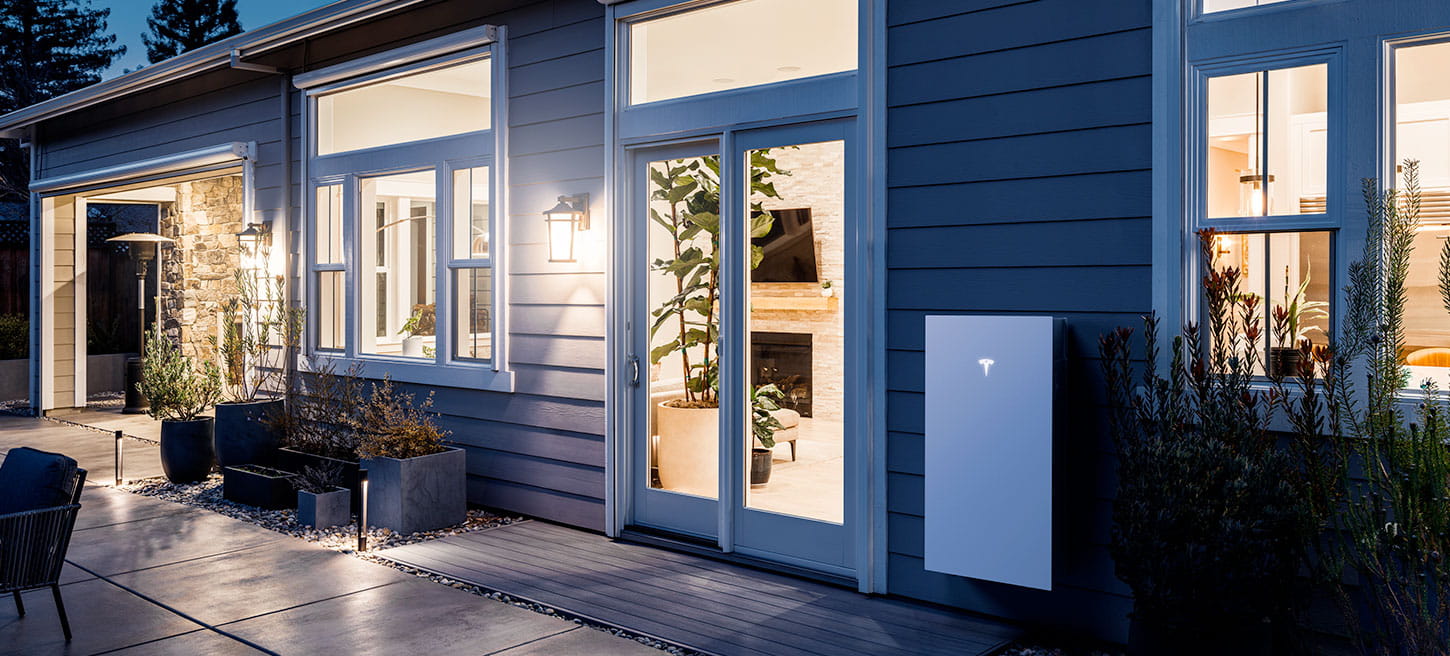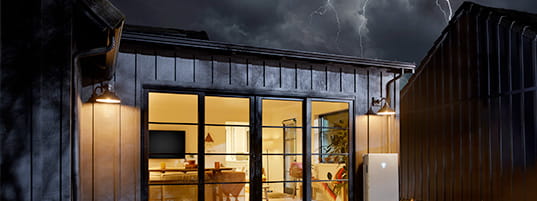Dealers
Grow Your Business
Residential Dealers

Your Backup Plan… Uninterrupted
Tired of power disruptions? Take charge with home battery backup from Sunnova. Whether you want to upgrade your solar system or just want a standalone backup power supply, we’ve got you covered.
Sunnova +SunSafe® Add-On Battery Service

Home Battery Backup for All
We offer industry-leading solar battery and standalone battery solutions tailored to your needs—whether you’re a current Sunnova customer or not.

Keep the Power On
During an outage, your home battery seamlessly kicks in to power your most needed appliances.* How long will it last? See our battery duration tool.

Bigger Savings. Smaller Footprint.
Use your battery strategically—at times of the day when utility rates are highest, or when power plants are burning more fossil fuels.

Don’t Have Solar Yet?
If you’re interested in a complete solar battery backup solution, check out our Sunnova SunSafe® solar + battery storage service.
Solar + Battery6 Easy Steps to Add Battery Backup
Home Battery Financing
Add-on Battery Storage FAQs
While solar panels paired with a battery is the best option for creating and consuming your own clean energy, you don’t need to have solar to benefit from battery storage. A battery system can be wired only to the power grid and your electrical system, allowing it to charge from the grid and store that energy for when you need it.* When installed without solar panels, this is called standalone battery storage or standalone battery backup. The physical batteries are the same, the main difference is that standalone storage isn’t wired to your solar inverter.
Because standalone batteries don’t require solar panels, this is a good option for anyone who doesn’t qualify for solar, doesn’t want solar or doesn’t own their home. So, even if you rent, live in the woods or have an HOA that doesn’t allow solar panels, standalone storage lets you enjoy backup power during an outage* and protection from peak rates.*
Installation is the same for solar batteries and standalone batteries, the difference is that grid charging is enabled for standalone storage without solar. This means you can install a battery first and add a solar system later on, if desired.
- Tesla Powerwall+ can be added to any existing solar system, is compatible with all major inverter brands, and can be installed with other Powerwall 2 batteries.
- Tesla Powerwall 2 can be added to any existing solar system, is compatible with all major inverter brands, and can be installed with other Powerwall+ batteries.
- Tesla Powerwall 3 can now be AC-coupled to existing solar systems but cannot be added to a Powerwall 2 or Powerwall+ system (yet).
- Enphase 5P works only with a solar system that includes an Enphase microinverter.
- FranklinWH can be added to existing solar systems, easy to scale from single to multiple batteries.
While there are various names for battery modes, there are three main categories: critical backup power, self-consumption and Time-of-Use (TOU).
- Backup mode: your battery can be configured to only dispatch power when the grid goes down.
- Self-consumption mode: the battery is configured to discharge as soon as power is needed, minimizing the amount of electricity you need from the grid.
- TOU mode: this time-based control mode is pre-programmed with your utility’s rate structure and designed to dispatch during on-peak hours (often 4-9 pm), when utility rates are the highest.
At Sunnova, we can retrofit most solar systems to add a battery. The process will depend on how your solar panels are wired to your electrical system. Oftentimes, you’ll need to replace your inverter or install a second battery inverter that allows you to run essential appliances during an outage. If your solar system has a string inverter that is approaching the end of its life (10-15 years), you’ll likely need to replace this piece of equipment anyhow.
Our team of in-house engineers can help you design the perfect system to ensure compatibility and high performance.
Adding a battery to your solar system has a higher upfront cost than other backup options like generators. However, solar battery backup is a maintenance-free clean energy solution that provides more versatility. Since you already have solar panels installed, a battery lets you recoup your system costs faster by allowing you to store your own solar power and use it at strategic times.
The cost of adding solar battery backup will depend on what equipment you need to add and/or replace. According to the DOE, you can expect to pay anywhere from $12,000 to $22,000* (before installation) for a single solar battery add-on.
Sunnova offers add-on battery leases and loans with low monthly payments and flexible terms to ensure more homeowners have access to battery backup solutions.
If you purchase your solar battery via cash or loan, you may qualify for federal, state and local incentives. In 2022, the federal solar tax credit was amended, thanks to the passing of the Inflation Reduction Act (IRA). Now, if you purchase battery storage with a capacity of 3 kWh or more through 2032, you may be able to claim 30% off your federal taxes.*
Some states like California offer general market rebates on storage, as well as higher amounts for those who meet the requirements for equity or equity resilience.
Different utilities across the nation also offer a variety of financial incentives for installing battery storage. These run out quickly, so be sure to check with your local utility company.












